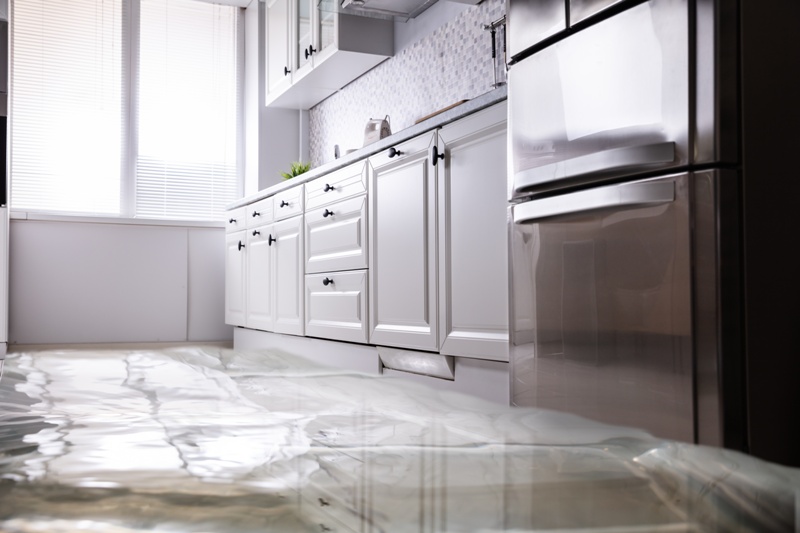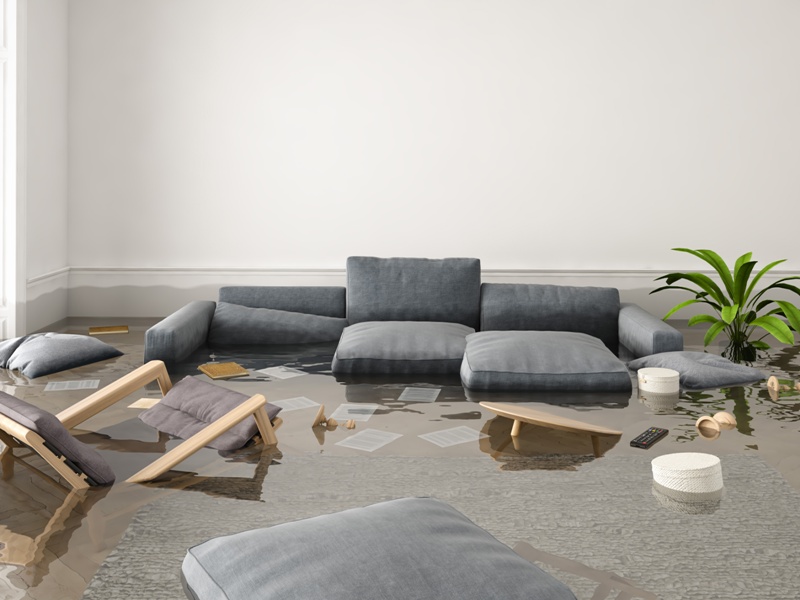When your house sustains water damage due to a pipe leak, roof leak, or any water source, the solution is no other than water damage restoration, which is the process of restoring a water-damaged property to its original condition.
Although the process sounds simple, drying out a property is complex and usually takes several days to weeks, depending on the area’s scale and the scope of the damage. It’s important to note that water damage restoration is highly comprehensive. The process might start with water mitigation services and extraction and later proceed to dry out, content restoration, removal of materials, and reconstruction.
Water Damage Restoration Process
The process starts by hiring a reputable company, such as Service Restoration water mitigation in Minneapolis, MN, to carry the necessary tasks to start the restoration process.
After extracting any leftover water in the property, this is when the water damage restoration process begins. If you want an overview of what Service Restoration has to offer, watch this video.
Let’s check the phases of water damage restoration here:
Inspection And Assessment
The restoration company will conduct a thorough assessment of the damage at the site. During the inspection, the reviews aim at categorizing and classifying the damage.
The professionals will inspect the materials’ porosity in the site of damage to figure out the amount of water absorption. Tools such as moisture detectors, including hydrometers and moisture scourers, will determine the level of damage and provide an estimate on the amount of work necessary. Depending on the findings, they’ll rate the damage to the property.
They’ll also identify the water source to check if the water is under control and analyze the water’s contamination level. After the inspection, the restoration company will provide the approximate time and costs necessary to restore your home and the available payment options.
Water Extraction
When necessary, the process might include portable extractors to get rid of any lingering water. When there’s standing water, it can deteriorate and continue to damage your house, so timely removal is a must. Water extraction is vital in a flooded basement since it can lead to severe mold growth.
Most of the companies that provide fire and water restoration in Minneapolis utilize extractors to eliminate water during the extraction operation. These superior pumps and vacuums absorb all the stagnant and surface water from the property.
After removing the stagnant water, a further survey may occur to work out the moisture level and identify if the carpeting or hardwood flooring requires removal. When you need water restoration service, check them out at NAP Service Restoration Minneapolis 1909 Nicollet Ave, Minneapolis, MN 55403 (612) 260-2500.

Drying And Dehumidifying
After physical extraction of the leftover water from your property, the restoration company will start the dehumidification and drying phase. Industrial-grade air movers and dehumidifiers will dry out materials that might contain water or were hard to access during the extraction phase.
At this point, your house might appear dry, but some materials are moist to the touch. If left alone, the materials will undergo further damage, such as breaking, warping, or developing mold. With complete drying and dehumidifying of the area, it can prevent any further damages.
The moisture level in the walls and floors is under monitoring to ensure that your home is dry. Once thoroughly dry, professional cleaning will start.
Cleaning And Sanitizing
Once all surfaces and materials are dry, the cleaning phase will begin. The process involves thorough, professional cleaning while also preserving as much of the property as possible. Professionals will carry out the cleaning process with training on safety and proper sanitation of water-damaged homes.
In most cases, the cleaning process involves the following:
- Dry cleaning
- Spray and wipe cleaning
- Wet cleaning
Professionals might also utilize abrasive, foam, or immersion cleaning methods to ensure that every item undergoes thorough cleaning. During this phase, it might also involve mold remediation if necessary. Throughout the cleaning process, the professionals utilize personal protective equipment (PPE) to clean potentially hazardous materials, including protective gloves, respirators, and waterproof clothing. Additionally, all damaged materials during the cleaning will go through proper disposal.
Complete Restoration
The last step is the restoration process. During the restoration, professionals will return your property to its state before the damages. Materials that sustain permanent damage will undergo repairs or replacement. In some cases, it’s possible to save the hardwood flooring or carpeting. The restoration phase can be simple or extensive, depending on the degree of damage.
In some instances, the restoration might involve minor repairs such as drywall repair or carpet cleaning. In cases involving significant damage, the restoration work might involve full reconstruction of specific parts of your house.
Conclusion
The best way to deal with water damage on your property is to hire a reputable water damage restoration company. Depending on the extent of water damage in your home, professionals will work on several processes to restore your house to its original state in the best way possible.






